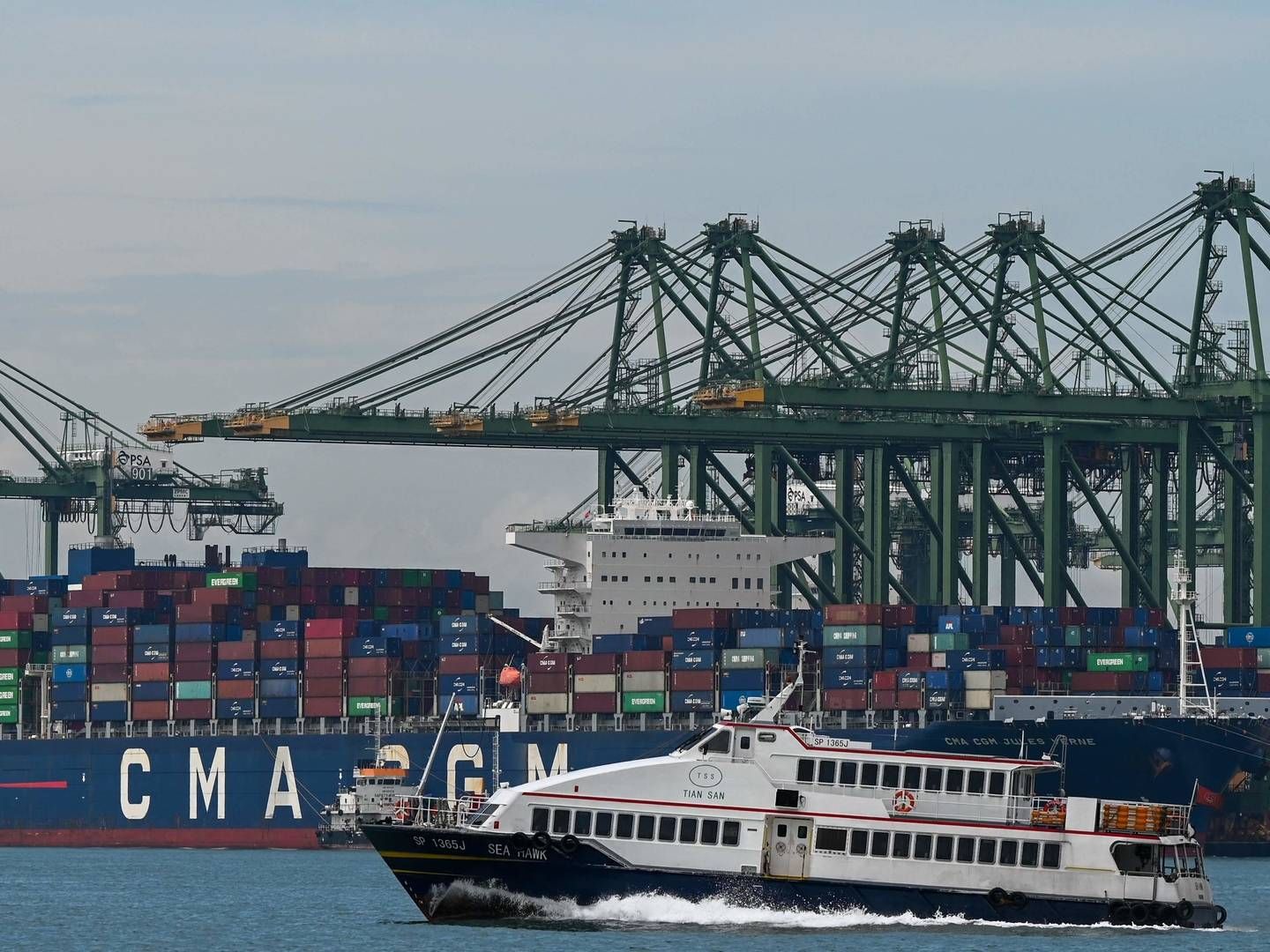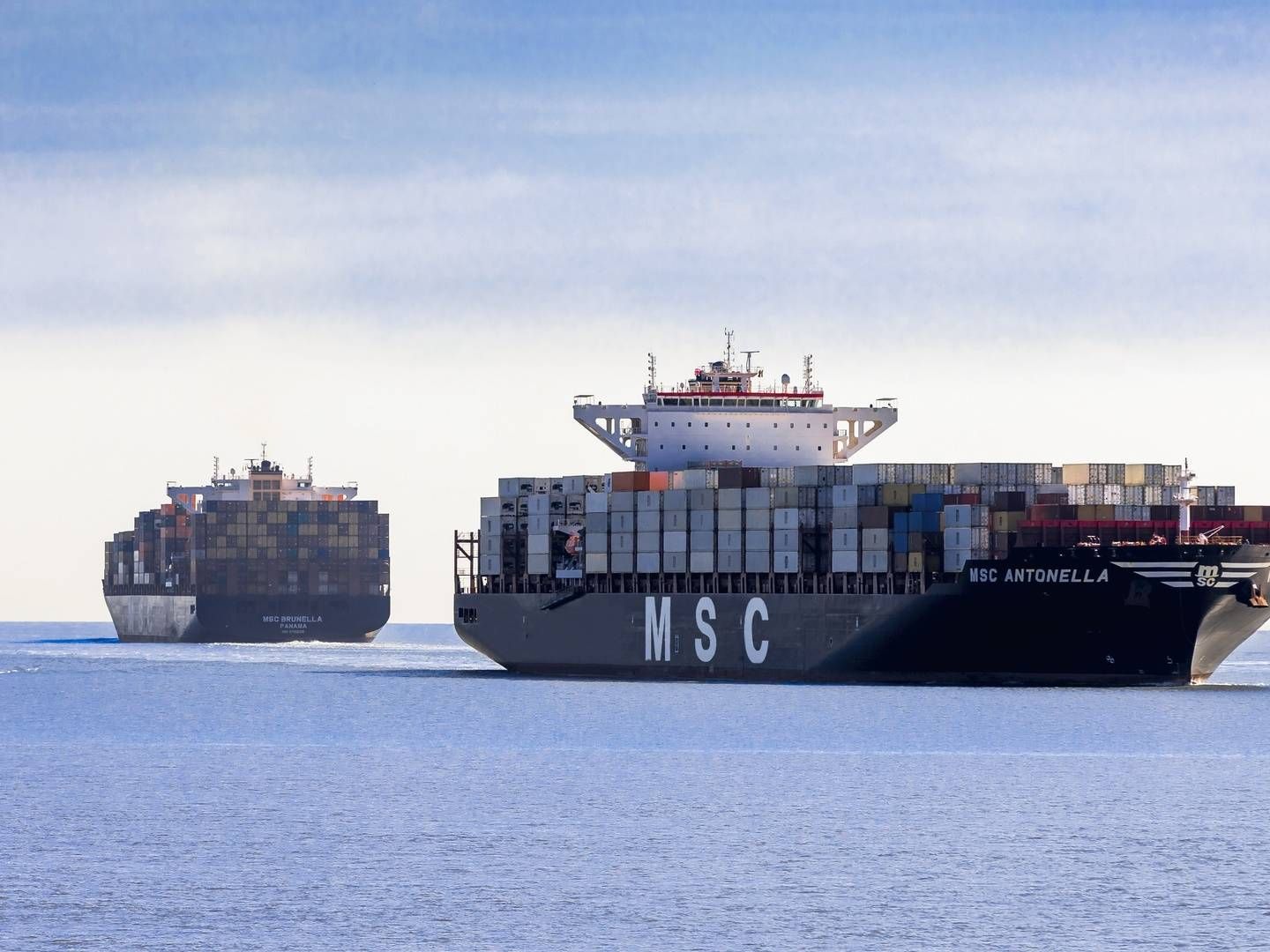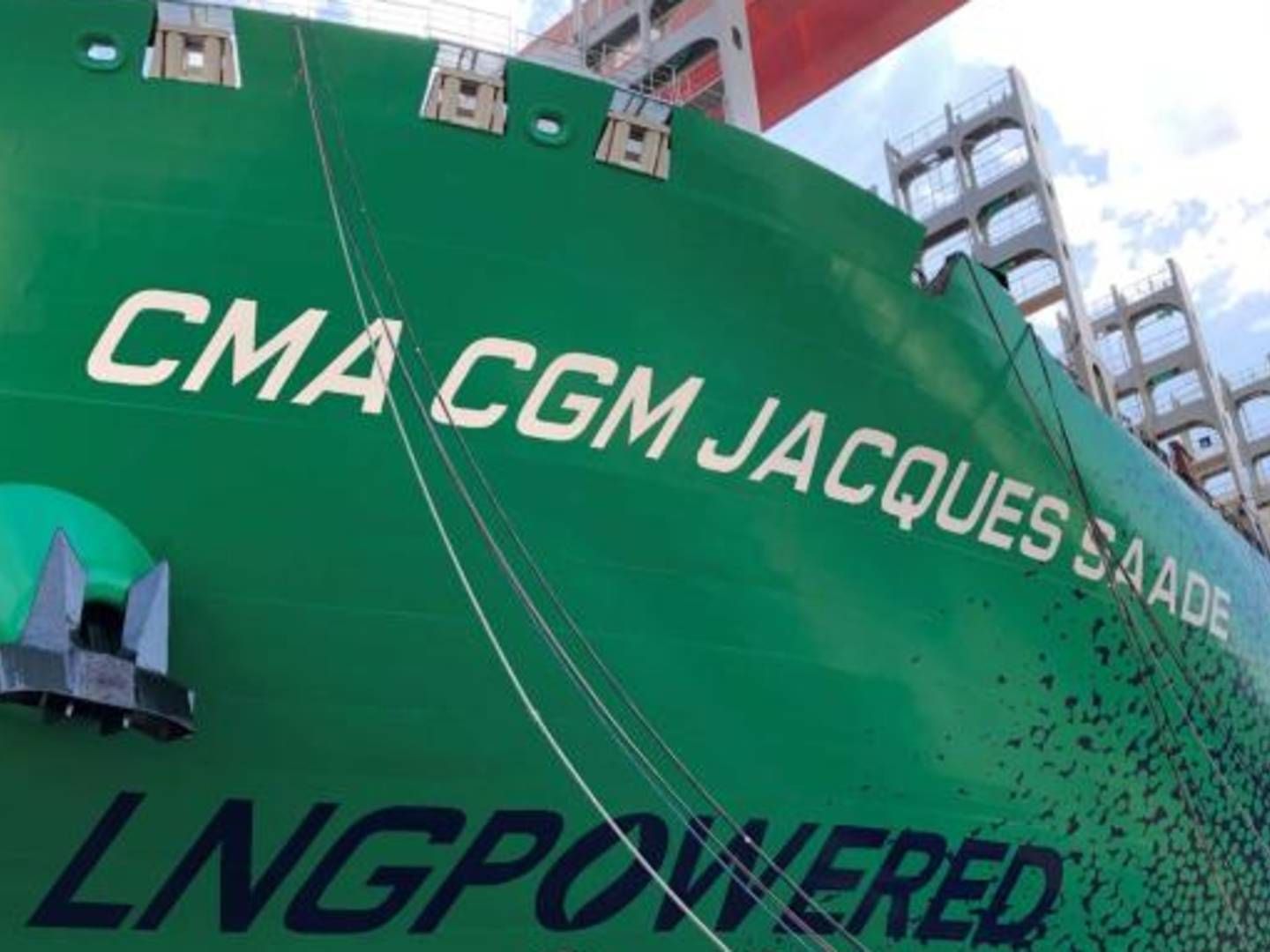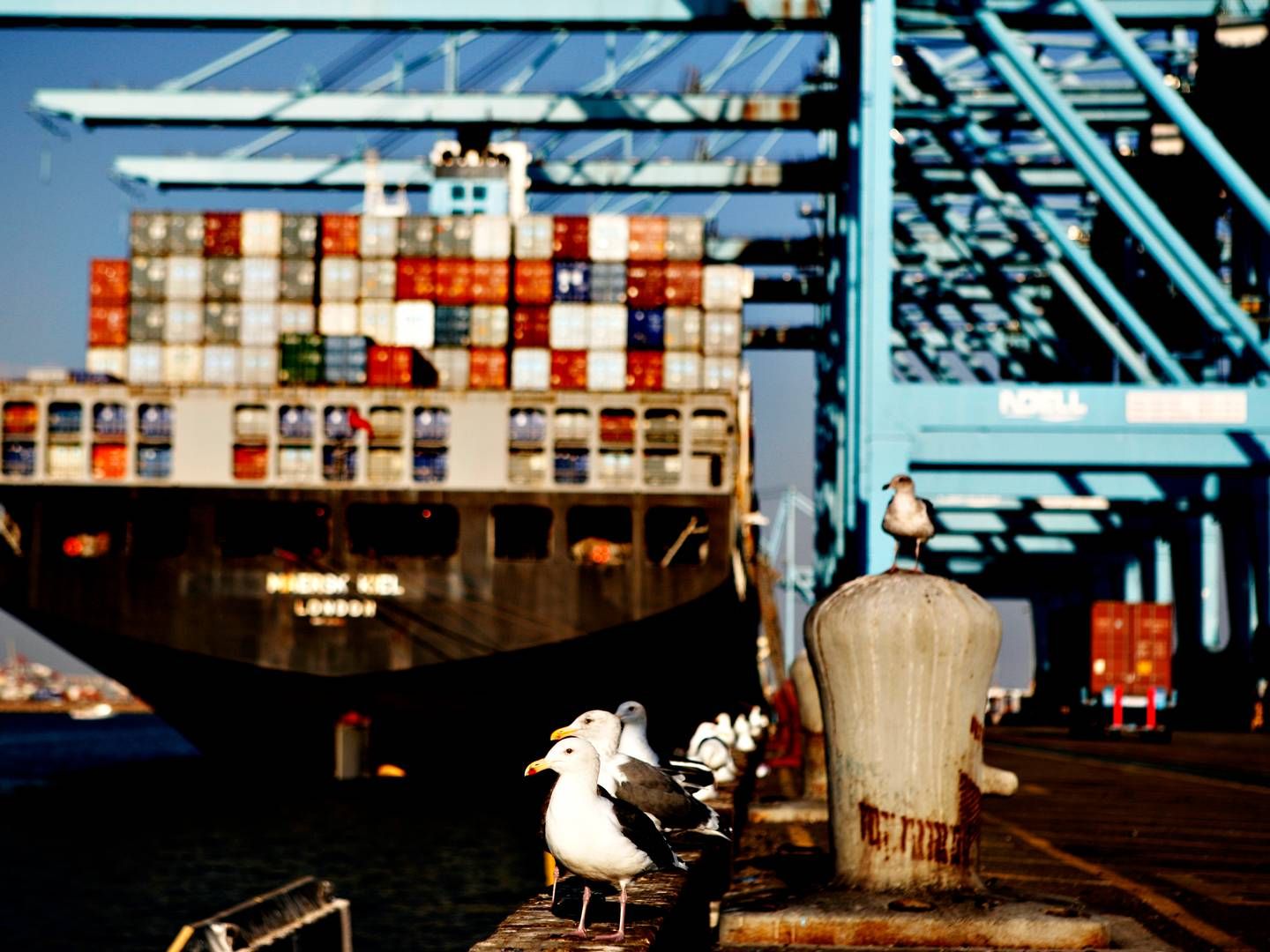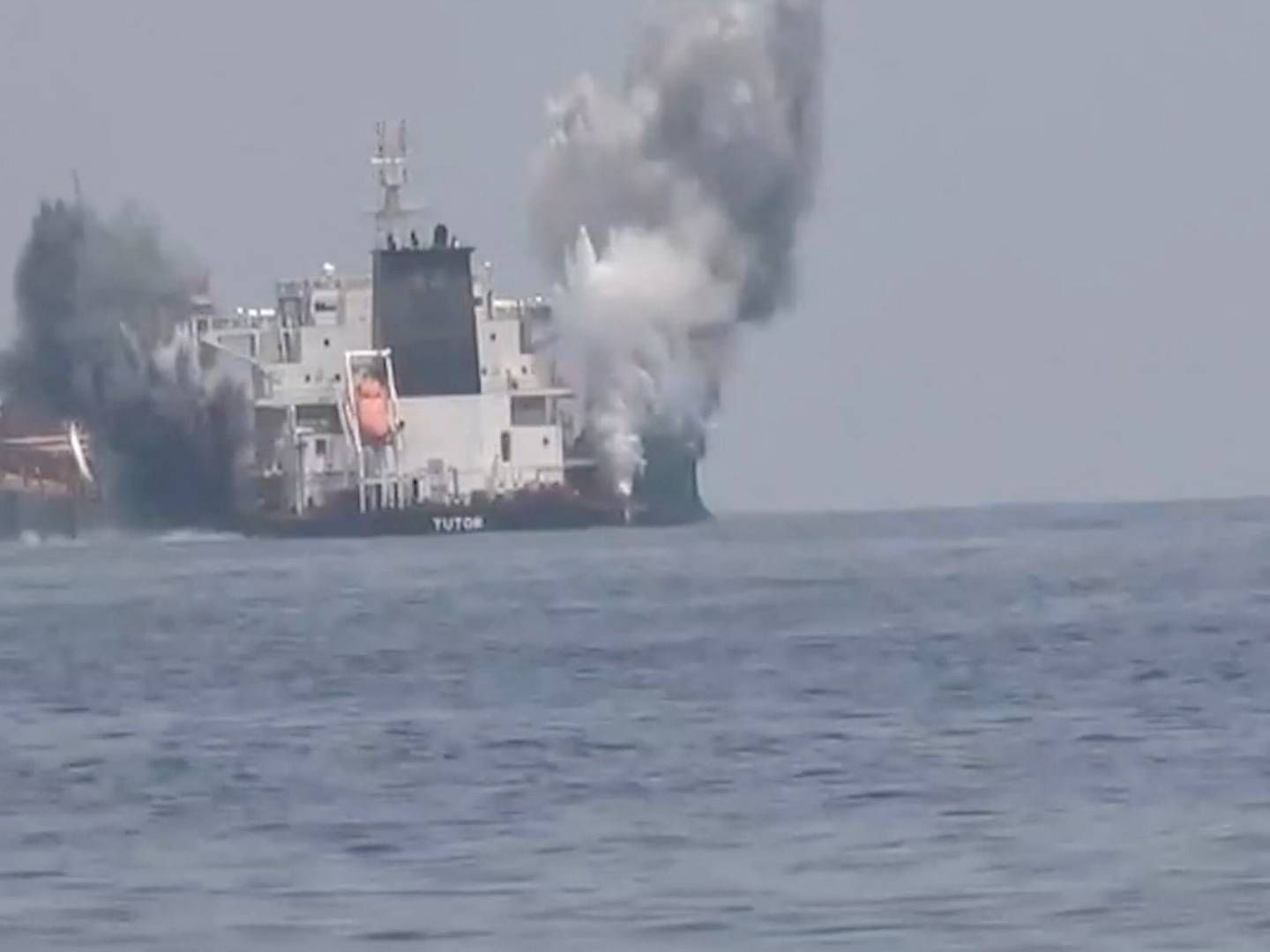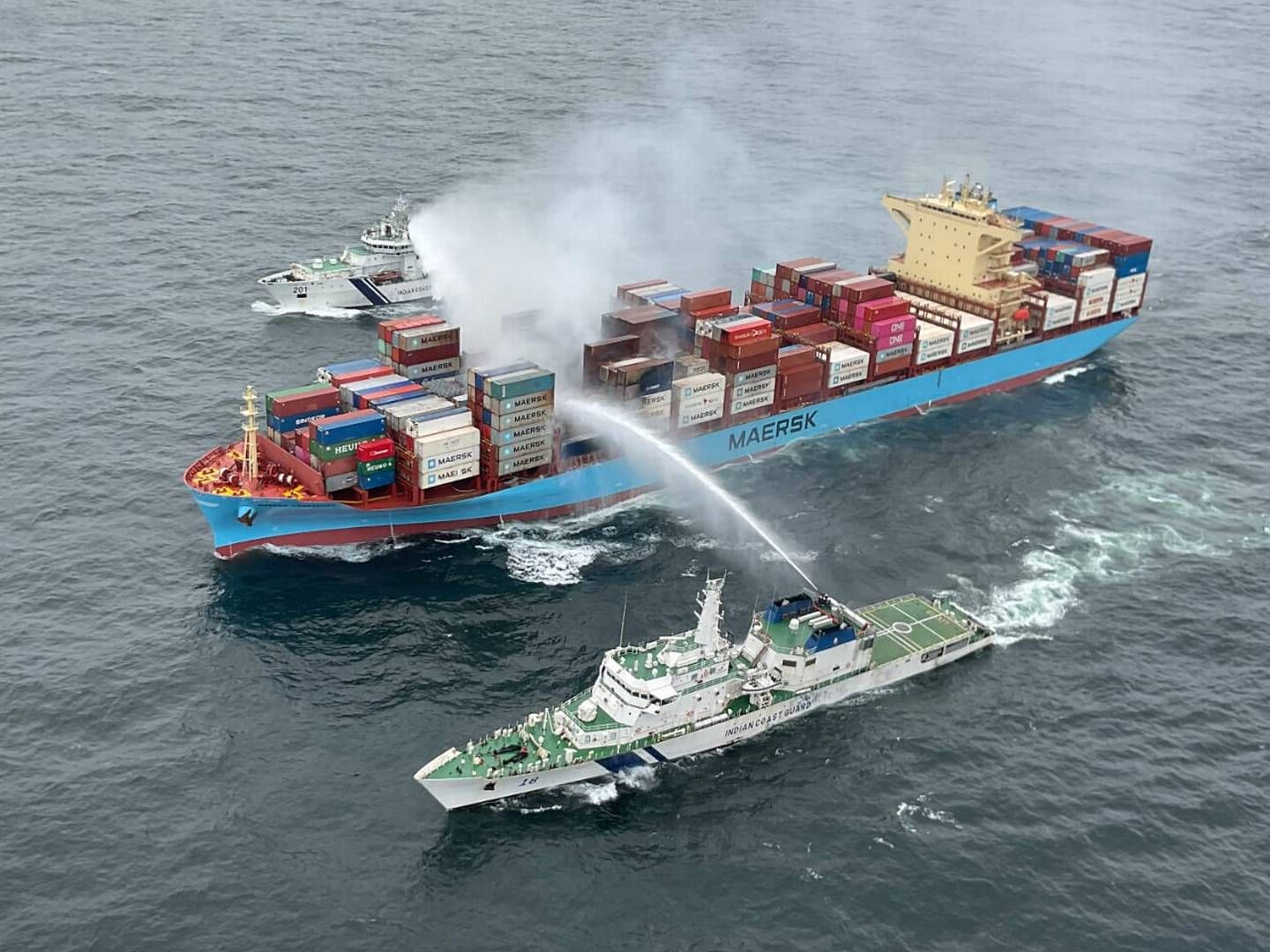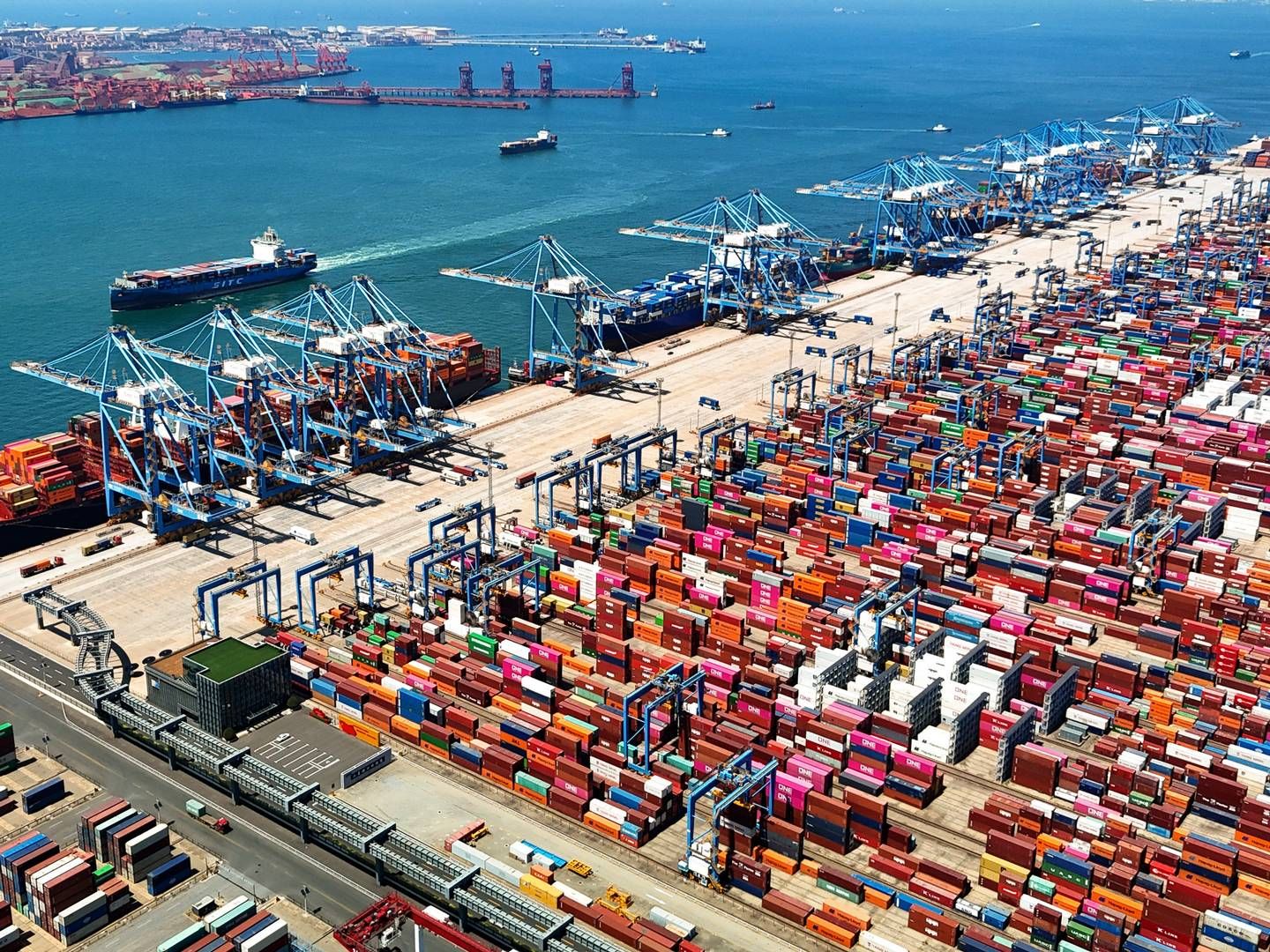High LNG prices prompt ships to sail on heavy fuel
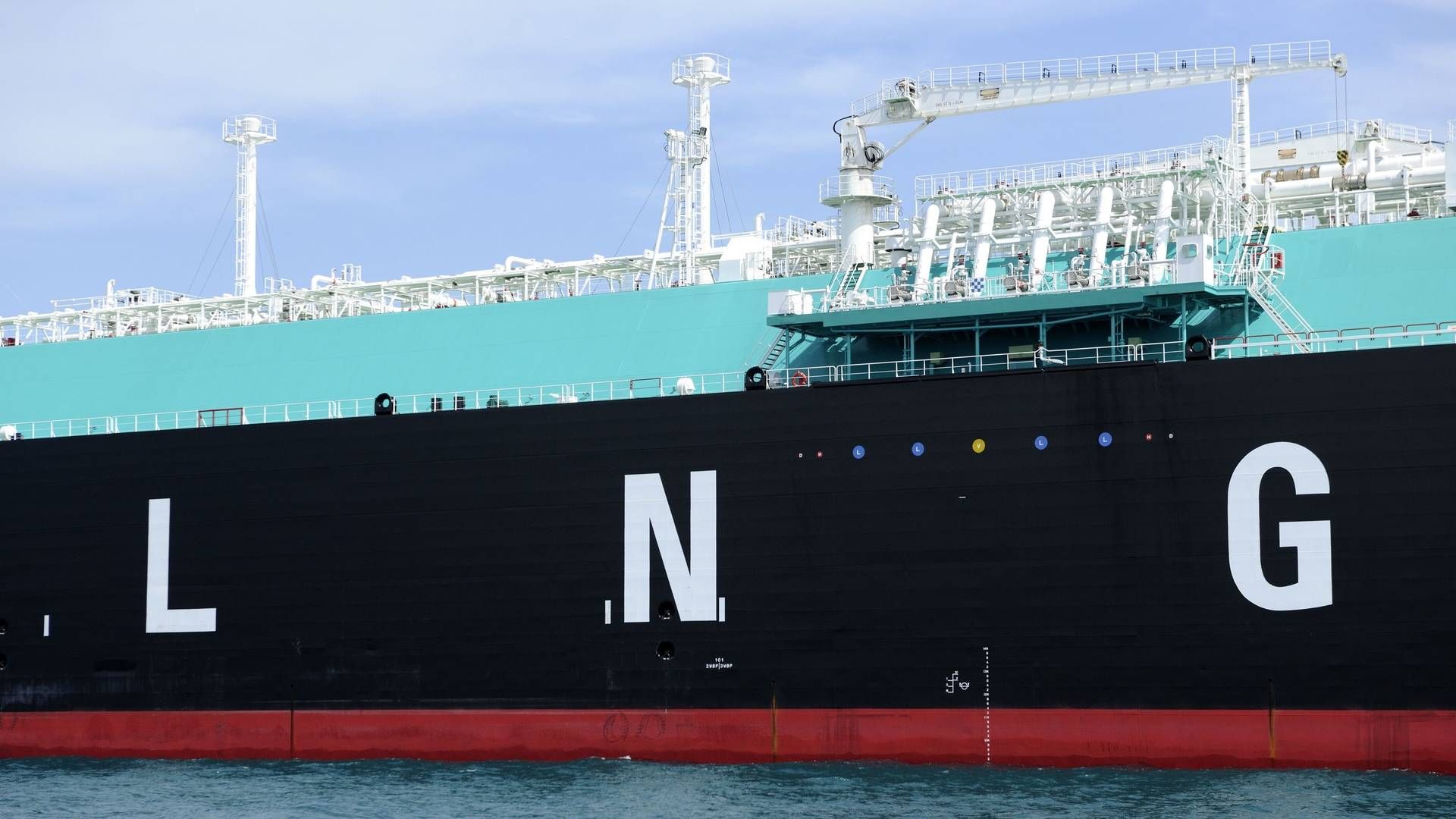
As leading container carriers have fixed their eye upon liquefied natural gas (LNG) as a transitional marine fuel on the way to decarbonization of the fleet, the current high prices on LNG are causing financial headaches.
An increasing number of ships equipped with dual-fuel engines and tanks are currently replacing the expensive LNG with traditional heavy fuel, says Alan Heng, CEO of Pavilion Energy, a bunker subsidiary under the state of Singapore’s investment firm, Temasek, according to Reuters.
Many shipowners return to heavy fuel
”We believe that LNG will be one of the major fuels for bunkering. [But] at prices of USD 35-40 per million British thermal units (mmBtu), it is challenging for ship owners to continue to subscribe to LNG bunker. Many of them have actually dialed back LNG bunkering and gone to diesel, because diesel is cheaper,” states Heng.
Sky-high gas prices put economic pressure on carriers with LNG-powered ships
This is also well in line with signals from container liners Hapag-Lloyd and CMA CGM. As reported by ShippingWatch, the elevated LNG prices will, however, not have any impact on investments in dual-fuel vessels on the short term.
Hapag-Lloyd informed the media that the company currently only has one of its dual-fuel ships in operation.
”We only operate one LNG ship. For the moment, the Brussels Express sails with fuel oil,” said Hapag-Lloyd.
”[Our] first newbuilt vessel will only sail as of Q2 2023. Until then, we still have six months to closely watch further development of fuel prices.”
CMA CGM’s LNG-ready ships ”primarily” sail on LNG
French CMA CGM has taken an even bigger gamble on dual-fuel vessels, and the company recently stated that LNG is ”primarily” filled in ship tanks despite the high prices.
Heng’s statements were made during the Singapore International Energy Week conference, during which the Pavilion Energy top exec also pointed out that ammonia could become the next financially viable bunker fuel.
”What we have noticed in the last quarter, with the high LNG prices, is that there are a higher number of order books for ammonia dual fuel use. It’s gaining traction. People want to have an alternative,” said Heng.
More fuel types are important
”With the energy transition, it’s not about one winning fuel. It’s about having a range of fuels that will give us the diversity we need,” he added.
LNG, which emits 20-25 percent less CO2 than heavy fuel but on the other hand has a problem with methane emissions, is one of the most popular biofuels at the moment, alongside methanol and biofuel.
But global gas prices have hit record levels this year in relation to Russia’s invasion of Ukraine and the former’s subsequent halt of gas deliveries to Europe as a response to Western sanctions prompted by the warfare.
The global shipping sector is attempting to reduce its dependency on CO2-emitting fossil fuels and needs to have reduced the carbon intensity by 40 percent no later than 2030 compared to the 2008 level, and furthermore halve the sector’s CO2 emissions in 2050, according to the International Maritime Organization’s target.
MOL and Pavilion Energy will launch a Singaporean-flagged LNG bunker vessel in the first half of 2023, which, according to the company, will be Singapore’s largest of the kind.
English edit: Kristoffer Grønbæk
Singapore bunker sales down for three months in a row – but up on annual basis
Alphaliner: MSC to order new LNG-powered container ships each of 8,000 teu
T&E warns EU against wave of LNG-fueled ships – seeks gas independence by 2030

